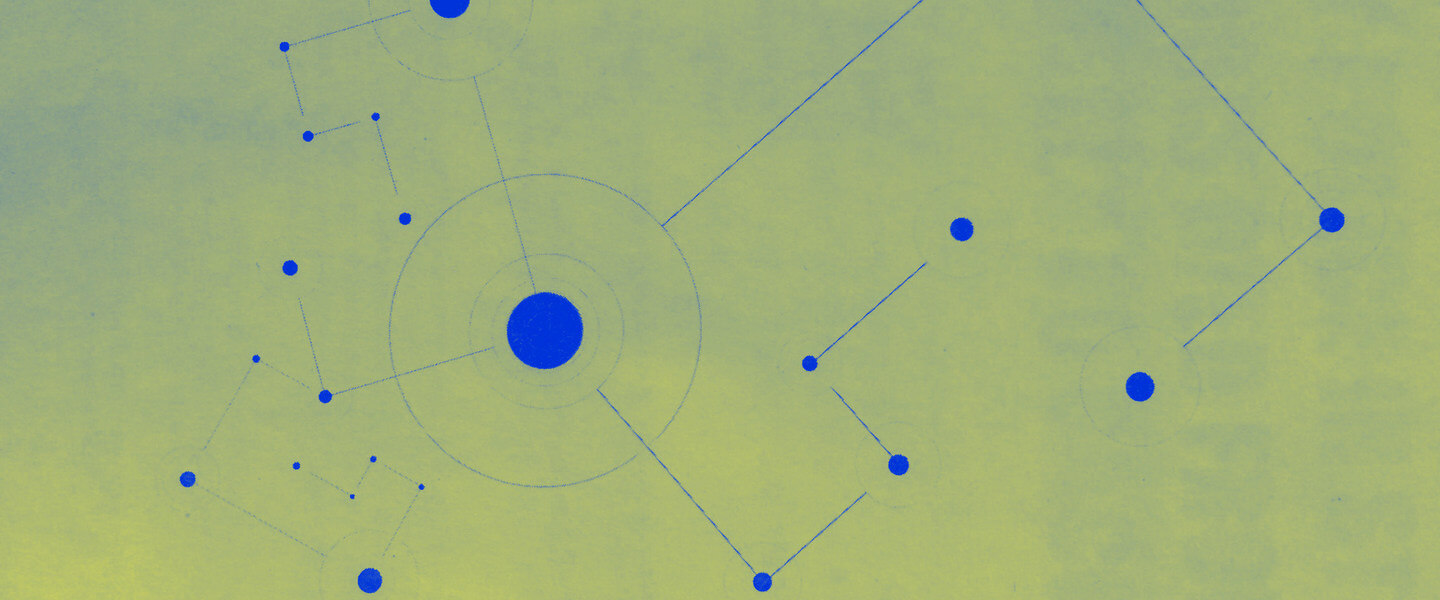A potentially lethal disease that is mainly transmitted via airborne droplets and aerosol particles changes our relationship to space: the usual demarcating lines of visual or material barriers are replaced by diffuse, indeterminate, and largely unknowable distributions of air. The very invisibility and, indeed, imperceptibility of the danger in which one finds oneself at any given moment brings out what Elias Canetti in a speech given in November 1936 called the radical “defenselessness of breathing”. Absolutely necessary, breathing must occur if life is to exist, and this very necessity constitutes the extremity of the human being’s exposure to its environment: “To nothing is man so open as to air” (Canetti, 13), an openness that indeed marks an extreme point since it is no longer opposed to the possibility of (a more than very brief) closure. In short, the pervasiveness of the risk of contracting a respiratory disease and the absence of operations that would foreclose such contraction showcase that nothing is so worrisome, so intensely given over to Sorge, as our “being-in-the-air.”
Yet the current pandemic is proof that Canetti was devastatingly wrong when he went on to claim the following: “Air is the last common property. It belongs to all people collectively. It is not doled out in advance, even the poorest may partake of it”. It is precisely the poorest, the most vulnerable—in the United States inevitably racialized in staggering ways—that have suffered the most: their air is marked by a defenselessness that far exceeds the defenselessness of more affluent people who can easily quarantine in their spacious homes, rely on overworked and underpaid “essential” workers to deliver their groceries, or escape altogether to country homes in less densely populated areas. This “stratification of risk,” as it has been called recently, underlines the force with which socio-economic and racial inequality has divvied up even the “last common property” of air; it is, in fact, one of the major goals of the apparatuses producing and sustaining inequality to extend such unequal distribution to the breathable atmosphere and to protect only a select few from any kind of air pollution.
It is no accident that among those hardest-hit, the most vulnerable ones are found in what sociologists call “total institutions:” in this case, nursing homes as well as prisons and jails, institutions that are thought to be self-contained and cut off from the rest of society—and consequently less worthy of attention and help. Leaving aside the question of nursing homes and social separation by age, it is emblematic of the current situation that at one point the Cook County Jail in Chicago was the nation’s leading hotspot of Covid-19 transmission; later a single prison in Ohio tested all its incarcerated men and found that nearly 80 percent had become infected. Every single instance of a coronavirus-related death with which I am personally connected has occurred in the prisons in which I work and teach as the Director of Volunteer Development for the Northwestern Prison Education Program (NPEP). The collective fantasy underlying the notion of a total institution maintains that “those over there” are cut off from “us” in absolute, justified, and secure ways. Beyond carceral institutions, this fantasy extends to structures of housing in the U.S. more broadly: decades of “redlining” and other racist housing policies have created residential landscapes sharply divided by race and wealth that seek to realize the fantasy of disconnection, and very often succeed in making this fantasy a painful reality. In short, containment of allegedly noxious social elements is supposed to function by asserting that “our” air is not “their” air and that the possibility of contagion and mixing can be foreclosed.
This fantasy, of course, is just that: a fantasy. The bars of a prison cell do not divide the air in a totalizing way, as the societal desire for containment imagines. Prison guards, wardens, and nurses have become infected in disproportionately high numbers and have brought the disease back to their families and larger communities. No institution, in the end, is total: the commonality not only of air but of all aspects of our existence continuously reasserts itself against even the most entrenched efforts of separation, segregation, and stratification—even if for many of those allegedly “contained,” this undermining of their segregation comes too late, too feebly or never at all. In the end, the attempt to live in denial of the interdependence and intertwinement of all human beings and, indeed, all beings either leads to a cataclysmic break-down of that very fantasy or requires that all of a life’s efforts are invested in maintaining this fantasy of autonomy.
The most trenchant and necessary political actions of our time consequently follow the truth that total institutions and the possibility for a few to exist in absolute separation from the rest of humankind are a fantasy. Such action cares for the commonality of air, without advocating for its homogenization (a certain “compartmentalization” of air is, of course, necessary during a pandemic). Even if the attainment of such a goal is faced with the much more powerful forces of segregation and inequality, the political action we need to imagine acknowledges that a flourishing human community can only exist if we substitute the differentiation of air that corresponds to the singularity of each being for the violent and exclusionary stratification of air that denies our shared existence. In short, political action works—against all odds—to restore the common.
Beyond the current pandemic, the stakes of such a politics of the common are of the highest order since the failure to arrive at such action, as Canetti reminds us, will be dire: “This last thing, [the common air], which has belonged to all of us collectively, shall poison all of us collectively”.
Jonas Rosenbrück


